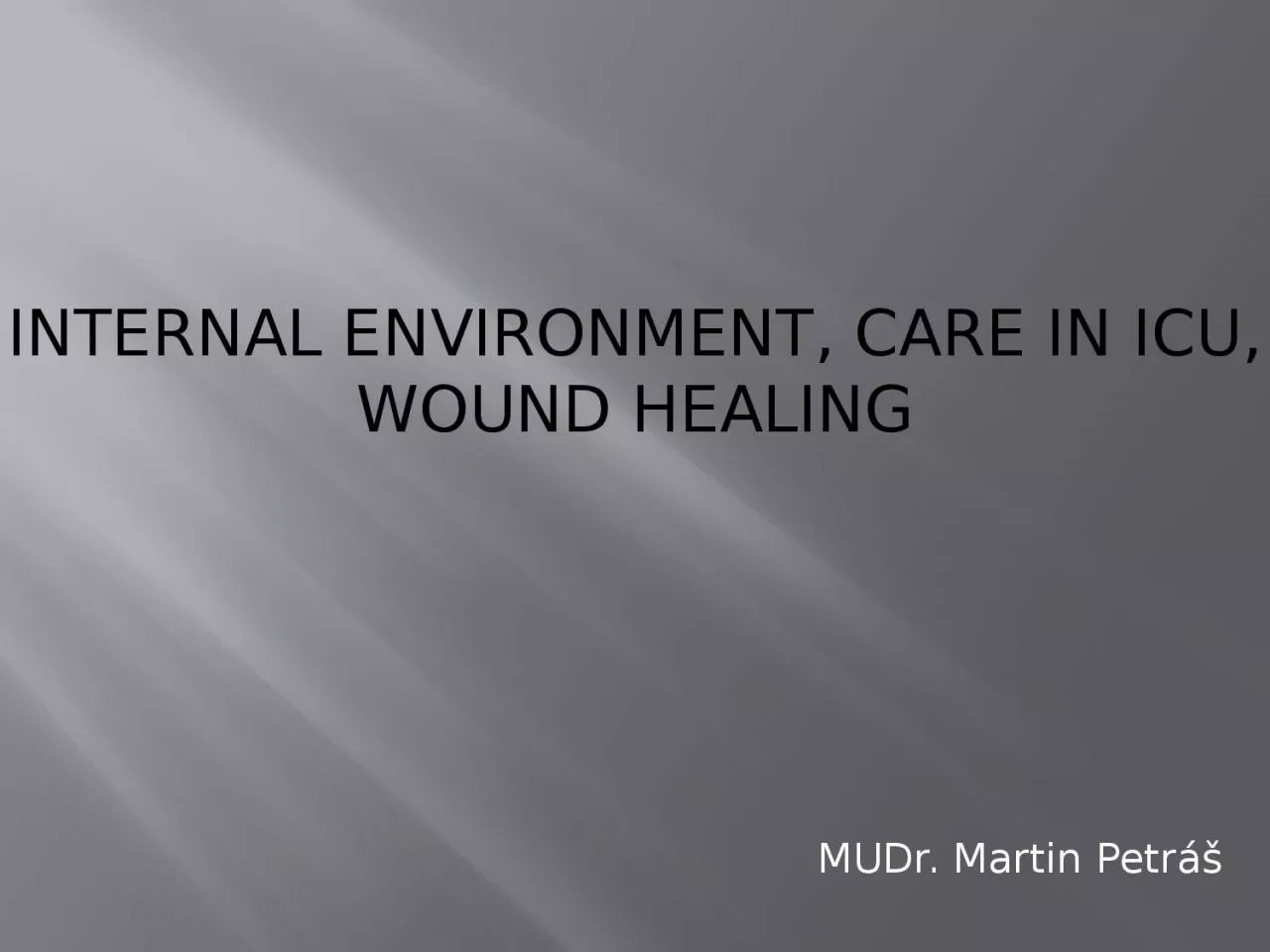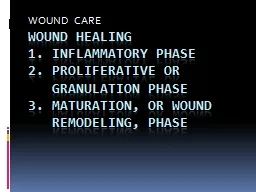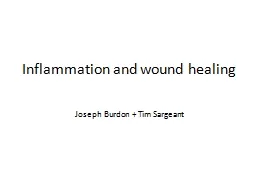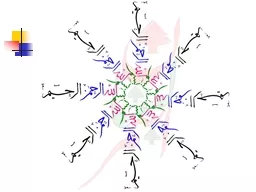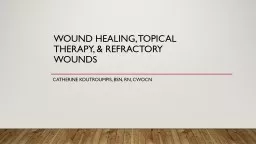PPT-Internal environment, care in ICU, wound healing
Author : ella | Published Date : 2022-06-20
MUDr Martin Petráš Internal environmenthomeostasis The human body is surrounded by external environment that provides nutrients and oxygen that are necessary
Presentation Embed Code
Download Presentation
Download Presentation The PPT/PDF document "Internal environment, care in ICU, wound..." is the property of its rightful owner. Permission is granted to download and print the materials on this website for personal, non-commercial use only, and to display it on your personal computer provided you do not modify the materials and that you retain all copyright notices contained in the materials. By downloading content from our website, you accept the terms of this agreement.
Internal environment, care in ICU, wound healing: Transcript
MUDr Martin Petráš Internal environmenthomeostasis The human body is surrounded by external environment that provides nutrients and oxygen that are necessary for life. . Ranjita. . Misra. 1. ,. Lynn Lambert. 2. , David Vera. 3. , Ashley Mangaraj. 3. , . Suchin. R Khanna. 3, . Chandan K Sen. 3. 1. Department of Health & Kinesiology, Texas A&M University; . 1. inflammatory phase. 2. proliferative or . granulation phase. 3. maturation, or wound . remodeling, phase. WOUND CARE. Wound Classification. BY CAUSE 1. intentional . 2. unintentional. Mr. Paul Wilson.. Mohamed Maklad.. Protocol of sarcoma management. . Radiotherapy. Usually preoperative to achieve maximum tumour necrosis before surgery.. Occasionally, postoperative radiotherapy.. Tulane University. Division of Plastic & Reconstructive Surgery. Presentation Overview. Wound H. ealing. History. Phases. Factors Influencing. Adjuncts to Wound Healing. Fetal. Wound Care. Principles. Joseph Burdon + Tim . Sargeant. Inflammation. = . a localized physical condition in which part of the body becomes . reddened, swollen, hot, . and often . painful. , especially as a reaction to injury or infection.. Metro Community College. Nursing Program. Nancy Pares, RN, MSN. Age. Elders: less elastic, drier, circulation impairment longer regeneration. Mobility. Increased pressure leads to breakdown. Nutrition. Wound Healing. : Restoration of that disruption. Types of Wounds. Surgical Wounds (intentional). Traumatic Wounds (accidental). Chronic Wounds (. persistant. ) - . result of underlying condition. Surgical Wounds. Wound Care Patient Case Lauren Bussian , AJ Cushman, Maria King, Sarah Nockengost , Bryce Shank The Patient 59 year-old female History of LE ischemia Lives with immediate family within 25 miles of hospital The global animal wound care market was worth USD 1.1 billion in 2020 and is further projected to reach USD 1.7 billion by the year 2027, growing at a CAGR of 5.9% during the forecast period Employ facility specific infection control measures . Implement wound care orders. Communicate effectively when managing care for the patient with a wound. Learning Objectives. SCENS. Why?. Statistics for Veterans. 1867 first antiseptic dressing. 1900 true sterilization. WW I nonadherent dressings. WW II more absorptive dressings. 1960. ’. s and 70. ’. s moisture. 1980. ’. s moisture acceptance. Goals of Wound Care. Catherine Koutroumpis, BSN, RN, CWOCN. Objectives. By the end of this module, participants will be able to:. Understand partial versus full thickness wound healing. Understand acute versus chronic wound healing. Prasad. Wound Heeling by secondary Intention. For the healing by secondary intention wound have fallowing characteristics. Open wound- Wound is of open wound particularly when there is a significant loss of tissues. . Survey Results . Speech and Language Therapists Redeployed to ICU . London Transformation and Learning Collaboration (LTLC). Purpose of the London Transformation & Learning Collaborative (LTLC). Work .
Download Document
Here is the link to download the presentation.
"Internal environment, care in ICU, wound healing"The content belongs to its owner. You may download and print it for personal use, without modification, and keep all copyright notices. By downloading, you agree to these terms.
Related Documents

